Sugar Glider Cages When it comes to sugar glider cages larger the aviary the better. Most people make up that space to build their own glider cages. The cages can come in all sorts of shapes and sizes. No smaller than 36 "high and 36" wide is recommended while sugar gliders need to feel safer height. Although I saw an Australian website American cages are way too small these. Perhaps this pattern is as controversial depending on who you ask. It seems likely for sugar gliders can move 150 feet in the wild.
The branches in the cage are important because planners rarely touch the ground when they live in the open. The cage bars should be no more than an inch of 1 / 2 apart. A wired cage allows good ventilation. Never store your glider in a dark room or garage. Always provide indirect sunlight during the day, but not direct sunlight. Keep the cage away from drafty areas and away from heaters. Most planners are comfortable in temperatures ranging from 70 to 80 degrees Fahrenheit. It's good to expose the sugar gliders hours of natural daylight. Some owners use infrared lights at night to see your pet.
Homemade cages are popular with many owners of the glider. A family erected a sugar glider cage around a real manger to the baby include the wire mesh. Powder coated cages are best as there have been reports of pack coated wire that has been sick gliders. This gives your little marsupial plenty of space to the hierarchy, and let them roll cage from room to room. The disadvantage with this design is perhaps the height is not there.
Of course, planners do not really like change, but that is usually applied to toys and items in their cage. Another owner had no money for larger cages sugar glider but declined to give her extra room marsupial. He took two cages and cut off the bottom and placed one on top of one another. He then wired the two together securely all the way around. This gave him the space basically double what he had with only one cage. Caution should be used with any option one chooses. Thought should be put into pet ownership and glider cages must fully consider the welfare of the gliders. In a cage high, a tiered holder of macrame plant three is good for bedding and nesting.
I read a blog by a sugar glider owner who said his left, watching as she opened the cage door, but never left the room that were inside. It seems as likely that if you take great care of your pet, do not just go away. Still would take extra care that the room containing a glider cage does not have any openings. Indeed, the planners do not try and escape their surroundings as a rodent try to do. They are happy to stay with their owners and have fun.
Taking care of a new pet is exciting. You get to learn lots of new things. Some will be fun and some of them won抰, but the experience is always rewarding in the end. But while learning new things is always good, it isn抰 what always evident, s left to learn. It抯 quite easy to look at an event or hear a question whether it抯 something you know or not, but it抯 not always obvious what you don抰 know you don抰 know. You can explore a new topic a bit difficult. What is there to know that's left for you to learn?
This is the reason why it抯 always good to get your sugar glider info your own research and with the cooperation of others. Making new friends is one of the best favors you can do yourself and your little critters, and distribution of knowledge can go a long way. But while this may give you a thorough picture of the issues related to the sugar glider care, his doesn抰 necessarily leave you with absolutely encyclopedic knowledge.
So for that, consider doing some research based on these questions:
What sugar gliders eat?
This is a very basic question, but it抯 worth asking. The diets of our little friend抯 marsupials are very simple. They抮e easier to investigate and consistent responses can be found almost anywhere. That抯 why it抯 left of this article, in fact. What you should think about is why they eat what they do. What foods required? Why are diets recommended best for them?
How do planners play?
Again, this is a simple question, but it bears asking. How do they play and why play how? What can you learn about a glider accessories sugar glider? Why play with what they do?
Why sleep in bags?
The sugar glider bags are a required addition to any cage. It抯 impossible to plan a competent cage for your pet without a proper place for them to sleep, and that' bag of SA But why are most comfortable in bags? Where do they sleep in the wild, and what is the equivalent of a glider bag out in the wild? Why your bags are made of what, for that matter?
These are all questions, but the information is out there to find. A simple Google search is often sufficient to find answers, and follow-up research can be done there, but the research is the key. Get Curious! Sugar gliders are fascinating little creatures worth the time of the study. Spend a few minutes to think of them. You 'all be amazed at what you learn!

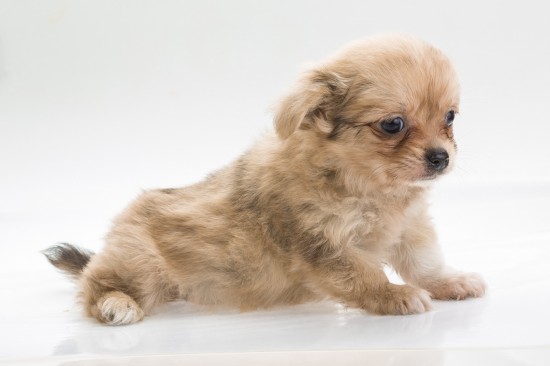 10 Of The Most Popular Small Dog Breeds Within The Uk
10 Of The Most Po
10 Of The Most Popular Small Dog Breeds Within The Uk
10 Of The Most Po
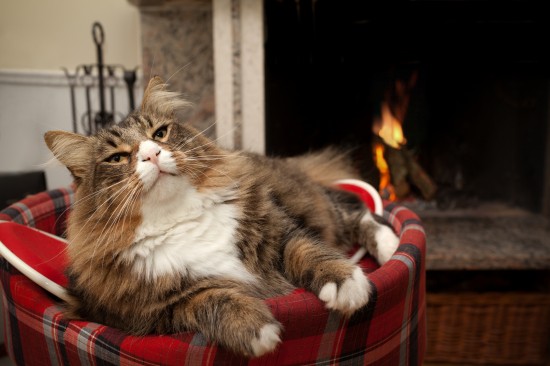 How To Help Outdoor Cats Stay Warm And Safe This Winter
How To Help Outdo
How To Help Outdoor Cats Stay Warm And Safe This Winter
How To Help Outdo
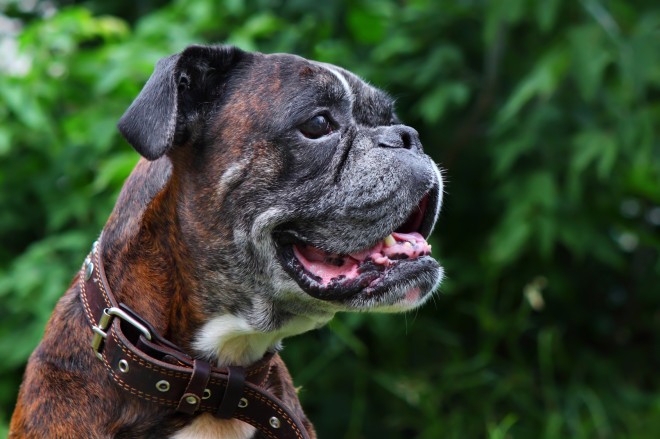 Some Frequently Asked Questions About Canine Diabetes
Some Frequently A
Some Frequently Asked Questions About Canine Diabetes
Some Frequently A
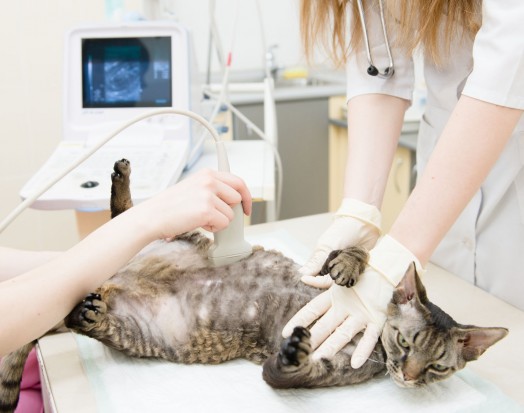 How To Know If Your Cat Is Pregnant
How To Know If Yo
How To Know If Your Cat Is Pregnant
How To Know If Yo
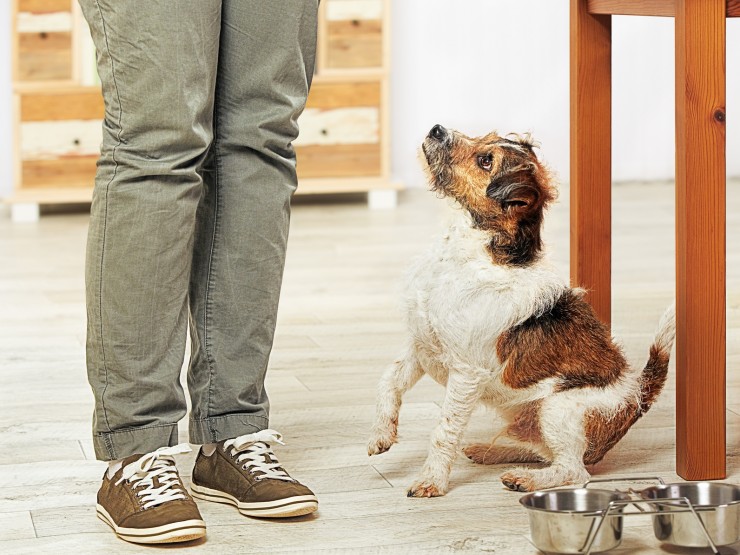 Kitchen Scraps You Can Safely Give To Your Dog As Special Treats
Kitchen Scraps Yo
Kitchen Scraps You Can Safely Give To Your Dog As Special Treats
Kitchen Scraps Yo